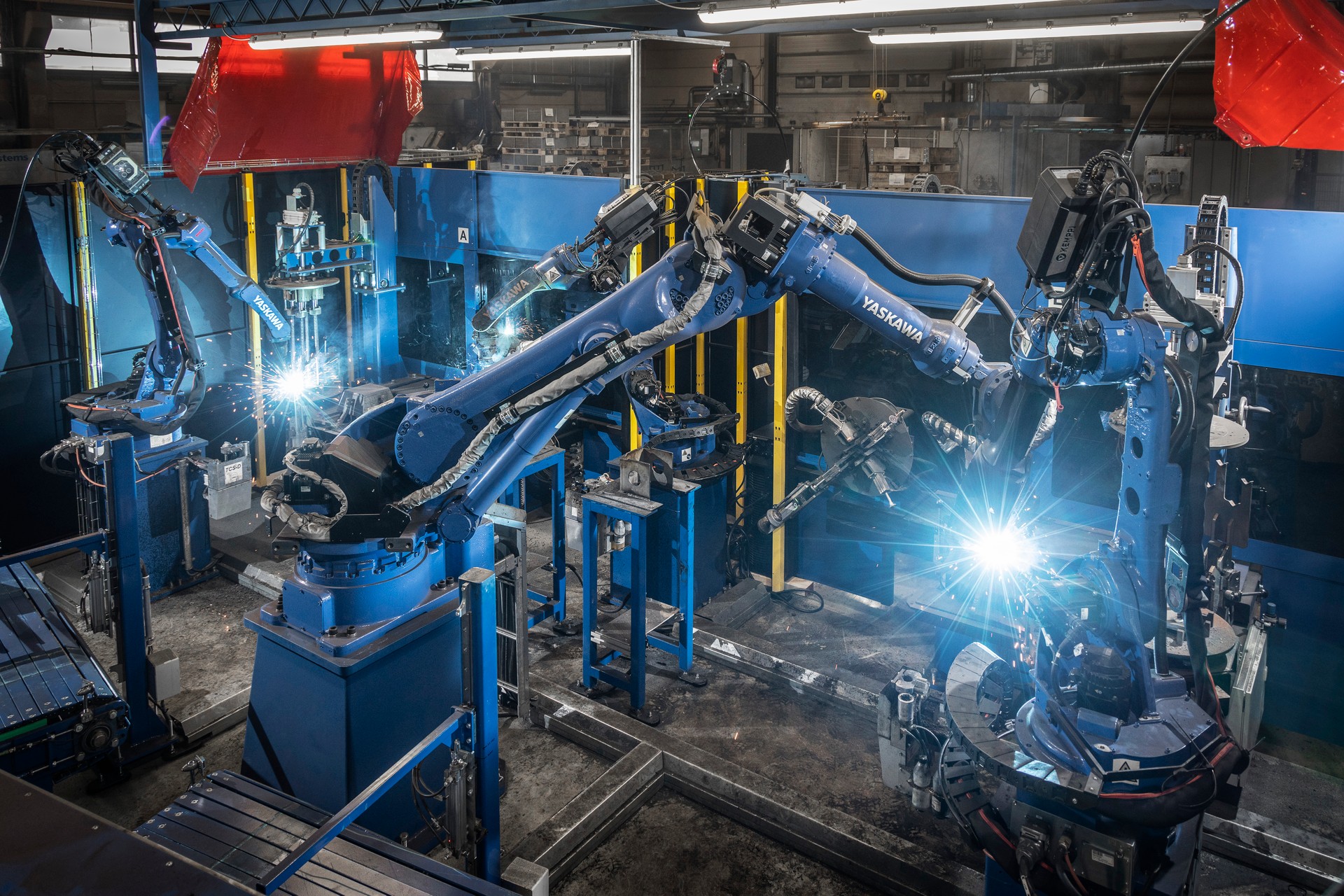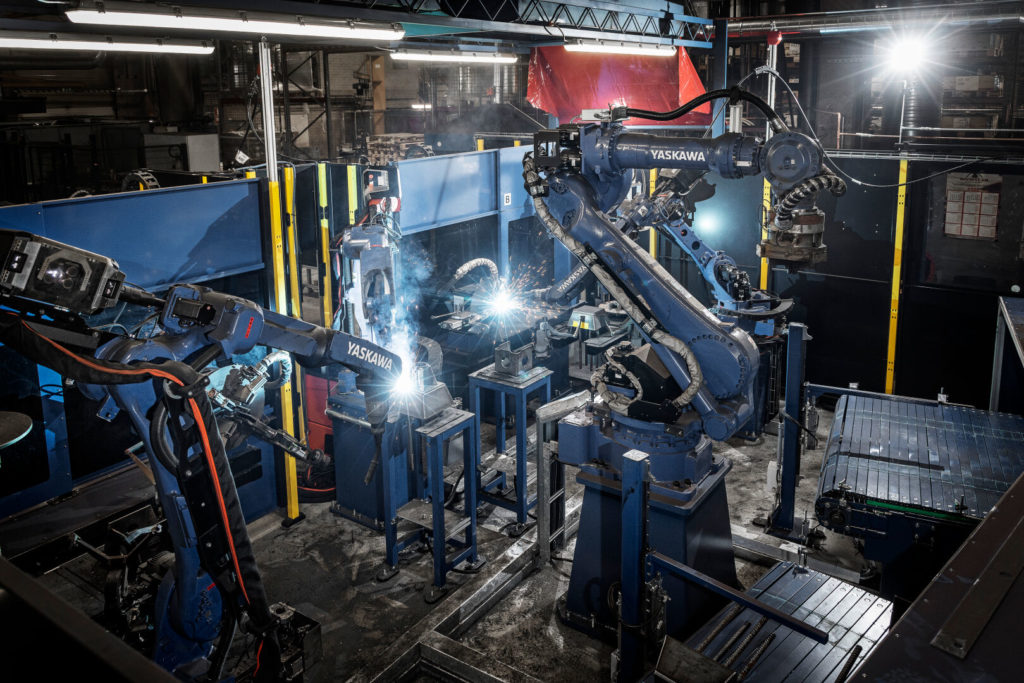
Hitsauksen ABC
Robottihitsaus
18. helmikuuta 2024
Robotisoidun hitsauksen käyttökohteet, laitteet ja suoritustekniikka
Welding Value

Welding Value
Welding Value
Welding Value is a corporate blog hosted by Kemppi Oy. Its main purpose is to evoke discussion on the transformation of modern welding, and bring you the latest stories from within the global welding industry told by true experts in their respective fields.







